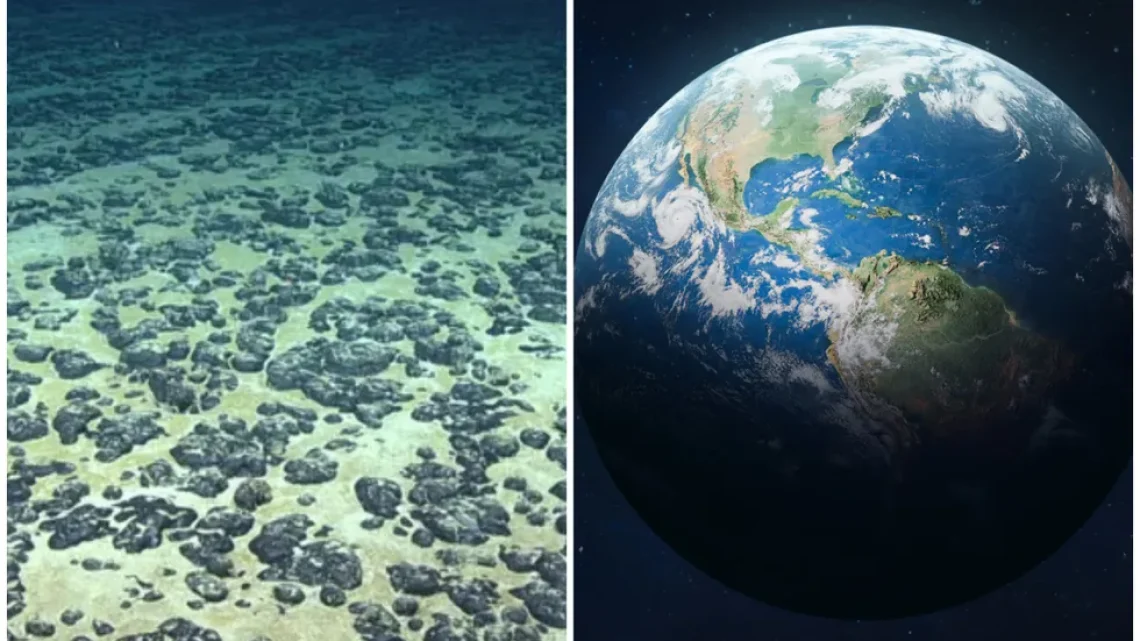
Discovery of “Dark Oxygen” on the Ocean Floor Raises New Questions About Earth’s Origins
August 12, 2024For decades, dark matter has intrigued scientists with its role in holding galaxies together. Now, a new mystery has emerged from the depths of the ocean: the discovery of what researchers are calling “dark oxygen.”
A recent study published in Nature Geoscience reveals that oxygen is being emitted from mineral deposits on the seafloor of the Pacific Ocean’s Clarion-Clipperton Zone (CCZ), located 4,000 meters (about 13,000 feet) below the surface. This depth is nearly half the height of Mount Everest. The research, led by Professor Andrew Sweetman from the Scottish Association for Marine Science (SAMS), indicates that this oxygen source is distinct from the well-known photosynthesis-driven oxygen produced by plants and algae.
The CCZ spans 4.5 million square kilometers (1.7 million square miles) and is rich in polymetallic nodules containing manganese and iron. These minerals have been found to produce oxygen through a process not reliant on sunlight. This discovery could potentially alter our understanding of how life on Earth originated.
Previously, scientists believed that oxygen on Earth was exclusively produced by photosynthetic organisms. However, Sweetman’s research suggests that these mineral nodules might have provided a significant source of oxygen long before photosynthesis evolved, potentially supporting aerobic life in ancient times.
The breakthrough came from experiments conducted over a decade. Initially, researchers discovered unexpected increases in oxygen levels at the seafloor, contrary to the expected decrease with depth. After recalibrating and re-testing their equipment, they identified that manganese nodules were generating oxygen through a process akin to seawater electrolysis. This process splits seawater into hydrogen and oxygen using an electric charge, similar to the output of an AA battery.
While these findings are promising, they require further validation through independent experiments. Nevertheless, the discovery of this alternative oxygen source has profound implications. It challenges the existing paradigm of how Earth’s oxygen was produced and highlights the need for careful consideration of deep-sea mining practices.
Nick Owens, SAMS director, emphasizes the importance of understanding and protecting these self-sustaining oxygen environments. As we move towards a green economy and explore deep ocean resources, this research suggests that such ecosystems might play a crucial role in maintaining planetary health.
In summary, the discovery of dark oxygen opens new avenues for exploring Earth’s early life and underscores the necessity of protecting our planet’s unique and fragile environments.

